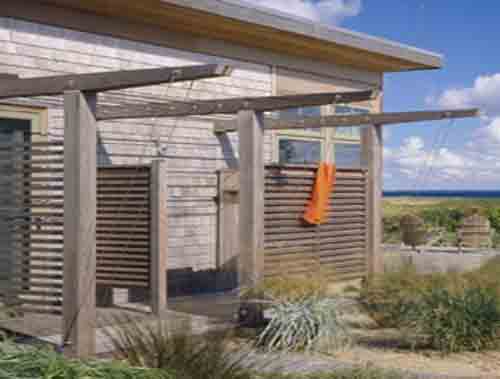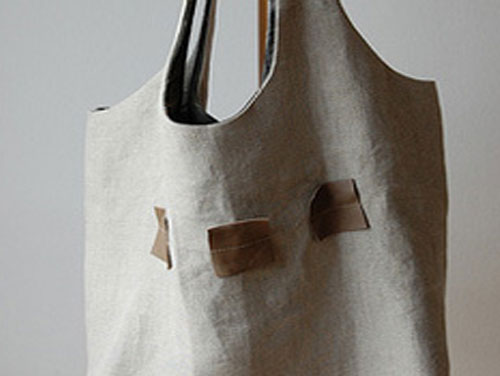 After some serious sea-dreaming about a home near the ocean, drug I realized one of the highlights of time spent at a beach house is basking in the afterglow in an outdoor shower. This important element of the beach experience gets a beachcomber in the mood to chill out and clean off.
After some serious sea-dreaming about a home near the ocean, drug I realized one of the highlights of time spent at a beach house is basking in the afterglow in an outdoor shower. This important element of the beach experience gets a beachcomber in the mood to chill out and clean off.
Now, ampoule there are outdoor showers, link and then there are outdoor showers. The beach house we stay at has the most alluring outdoor shower — no cobwebs, no dried leaves in the corners, no mold, no flotsam and jetsam, no splinters and no Peeping Tom holes. By day, the vista from above the shower opens up to the sky with a vibrancy that only a home by the sea can reflect. With the windswept foliage and the smell of beach roses wafting in, showering outdoors is pure bliss.
Staying connected to the beach doesn’t have to end when you get home or when beach season ends. You can bring the outdoor shower to your landlocked home. Here’s an inspirational and refreshing array of alfresco showers from Sunset Magazine.
While those images are dreamy, I tend to look for building products that are not just aesthetically delicious (like the ones above). The products must also be thoughtfully designed with minimal damage to the environment. This eco-tip reminds us that taking showers can save double the amount of water than used for a bath. But, did you know that outdoor showers can be heated by the sun, making them one of the most eco-sensitive choices for bathing? Even if you don’t have access to a hot water line, solar showers are an available option.
If you’ve got the DIY ethos, here are green outdoor shower projects of varying degrees of time and difficulty. For ambitious DIYers, who want to design an outdoor shower room, here are some things to consider: ??
Determine Your Needs: Will your shower be used by kids, adults and guests for clean-up after the beach? Or, is this a private refuge? If all you require is a quick rinse after a day at the beach or gardening, your needs will be simple. Creating a blissful bathing retreat will involve some décor planning.
Water Drainage:?The type of ground below your flooring will determine the type of drain you’ll need. Sand drains quickly, but heavy soil requires a more complex drainage system that carries the water underground. For a shower that will need a drain, Zurn makes outdoor fixtures.
Design For The Environment:?If you live near the ocean, use fixtures that will stand up to wear from sand and salt. The floor and walls should be constructed from mildew, splinter-free and rot-resistant woods or eco-friendly materials. Low-flow shower heads save water.
Outdoor Shower Décor:?Determining what shower décor you’ll use is the fun part! You’ll need a place for towels, a bench and places to hold eco-friendly soaps and shampoos, and anything else that will connect your showering experience with its natural environs.
DIY Outdoor Solar Shower:?Check out these DIY plans for creating your own outdoor solar shower from Mother Earth News. This simple kit from Hammacher Schlemmer harnesses the sun’s energy to warm water from a garden hose.
Image NY-based Murdock Young via Remodelista




